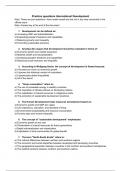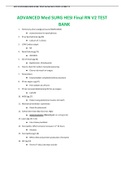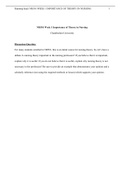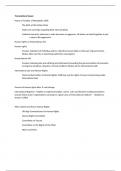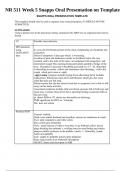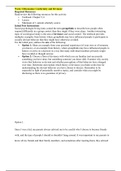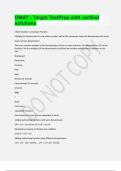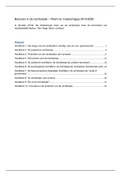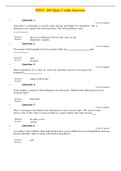Overig
Practice Questions International Development
- Instelling
- Universiteit Leiden (UL)
This document contains 130 practice questions (10 for each lecture) about the readings and the lectures. An answer key is provided at the end of the document. I hope you can use this for studying for the course International Development!
[Meer zien]
